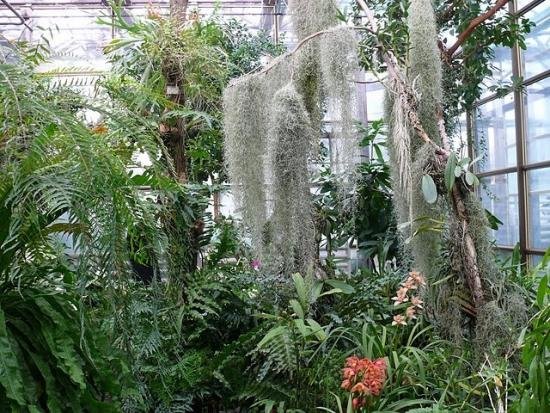What an interesting story about this plant
Usilliform tillandsia is a flowering plant of the Bromeliad family. The roots of the plant are fixed on the bark of trees, but do not feed on its juices, like the plants of parasites, but receive water from the surrounding moist tropical air. The plant has thin stems, gray-green or gray-blue in color, 20-30 cm high. Dying stems can exceed three-four meters in length, they hang down with a fancy beard.
The indigenous people of South America, the Indians, first saw the bearded faces of Spanish sailors, compared their beards with this plant. And they began to call it moss because of the external similarity with usne moss. Tillandsiya - in honor of the botanist E. Tillands, who described the plant in the 17th century. This is how the flowering plant Tillandsia, usneideal or Spanish moss, was called. Also, the angel's hair and the beard of an old man are also Spanish moss. The plant blooms with small flowers, the fruit has a box, the seeds are very small.
The plant is perfectly adapted to receiving moisture from the air, and not from the soil. The whole stem has peculiar outgrowths - scales, which catch both dew and rain moisture.
The tillandsia is multiplied with the vagina and by seeds and vegetatively.
Pieces of the stem and seeds are captured by wind and rainwater and spread from tree to tree. Spanish moss especially likes oaks and cypresses, but it can even live on an electric pole. Many species are listed in the Red Book.
For a freakish look, tillandsy fell in love with fans of room floriculture.


